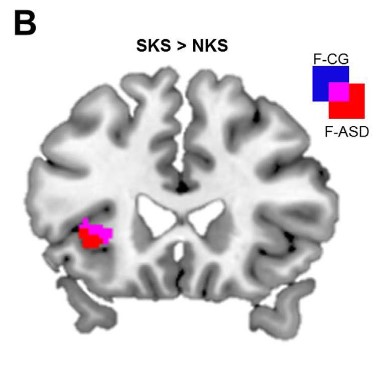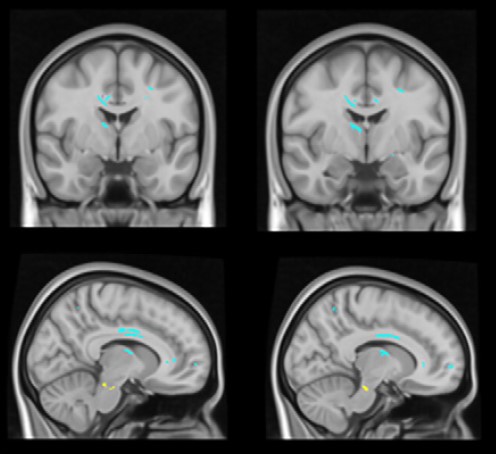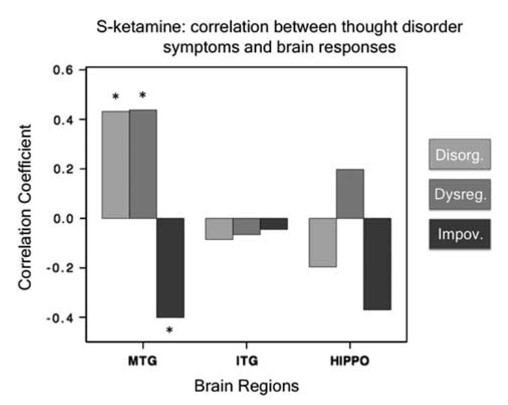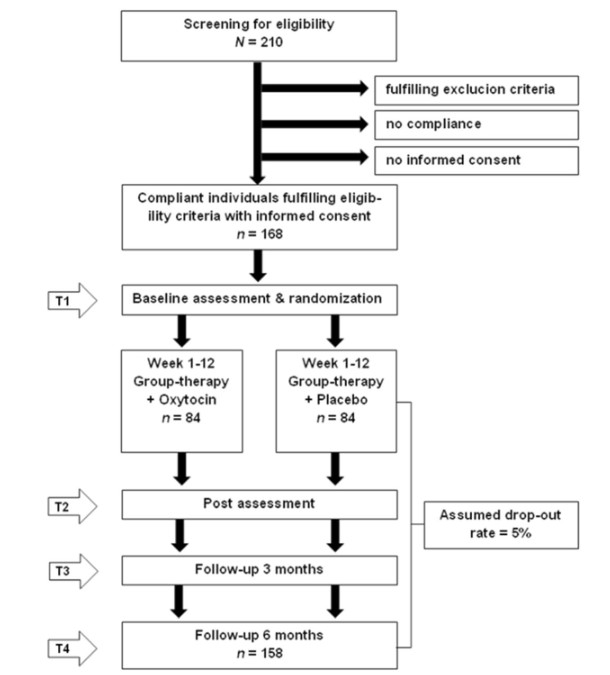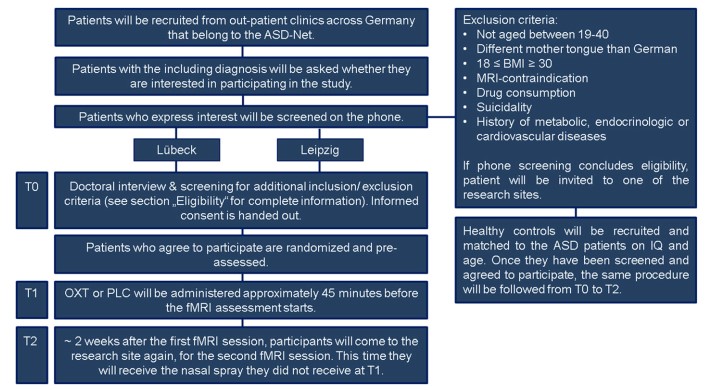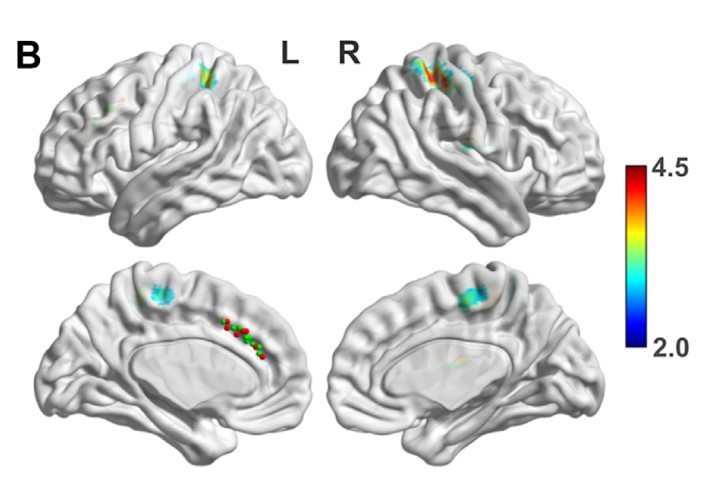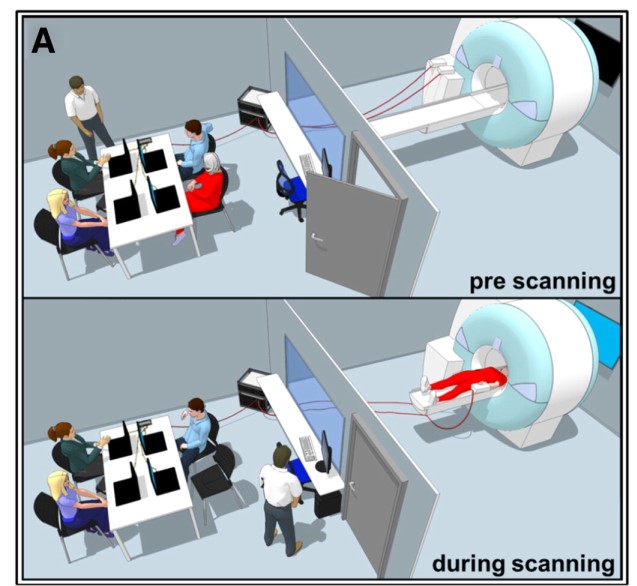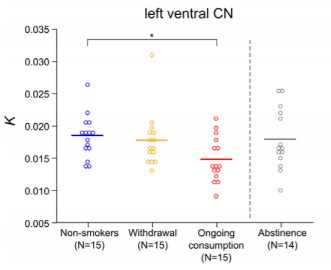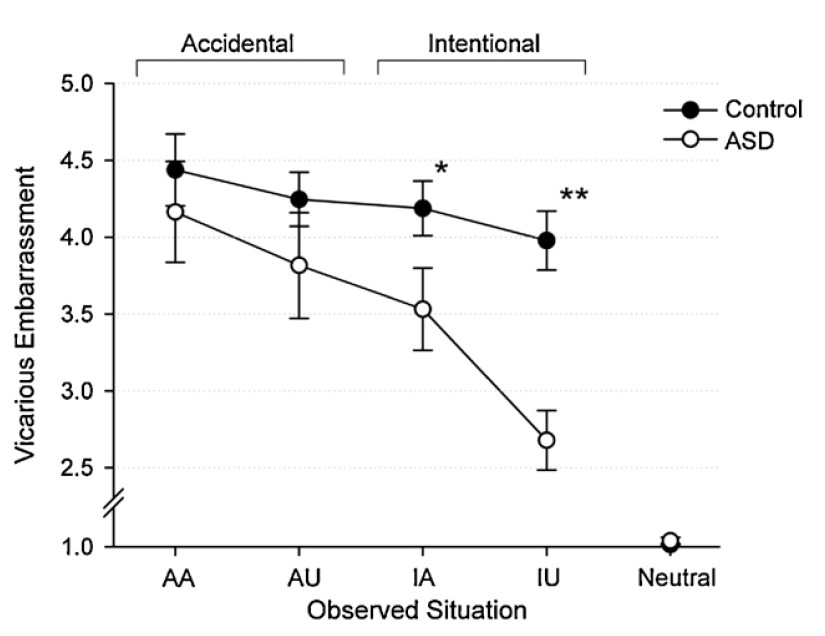Empathy in females with autism spectrum disorder
Abstract Objective: Despite the fact that autism spectrum disorder (ASD) is a common psychiatric diagnosis, knowledge about the special behavioral and neurobiological female phenotype is still scarce. The present study aimed to investigate neural correlates of empathy for physical and social pain and to assess the impact of egocentric perspective taking on social pain empathy in […]
Empathy in females with autism spectrum disorder Read More »
